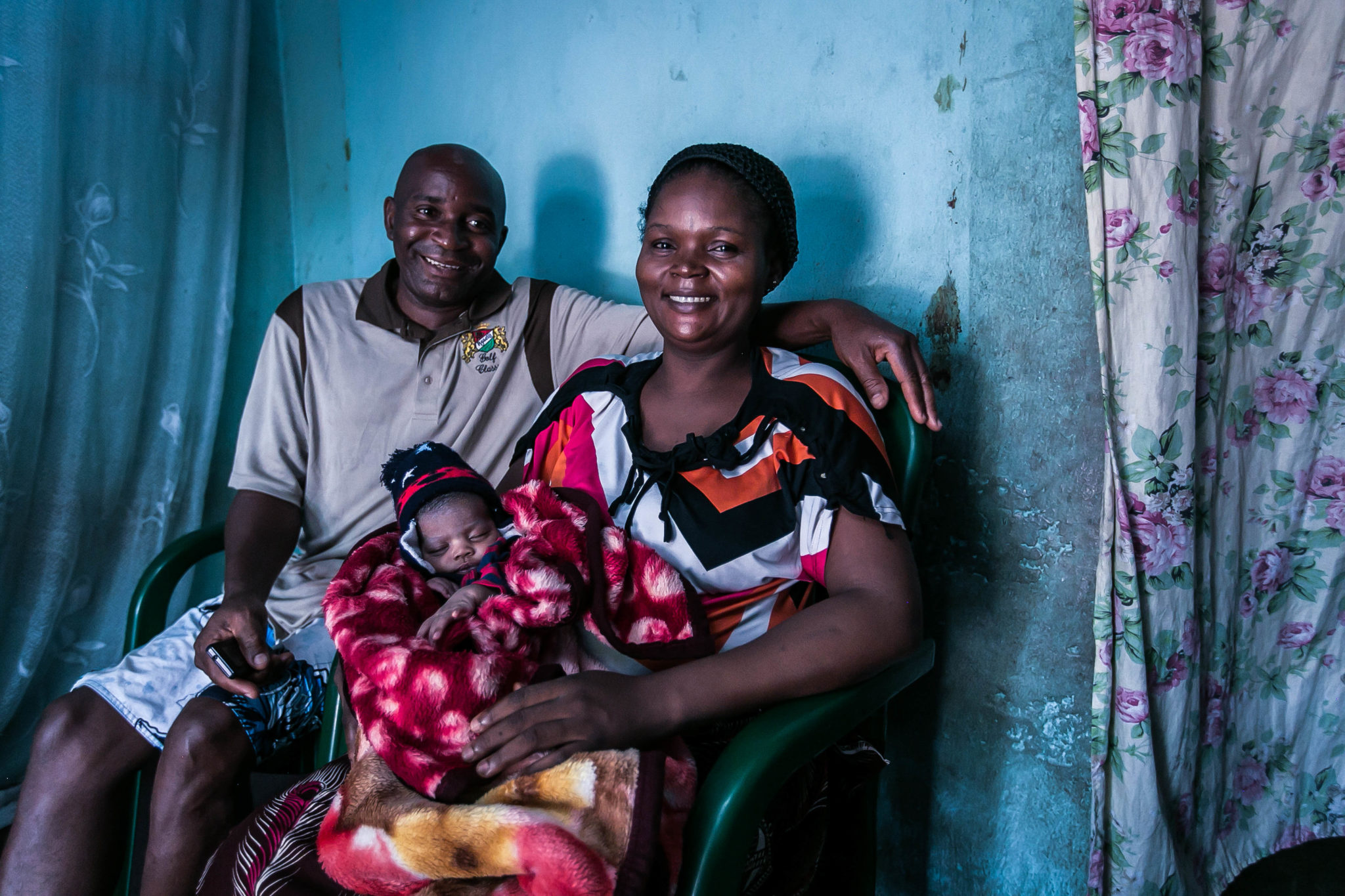
About #ProjectFamily: Safe Birth
No woman should die while giving life but, every year, over 300,000 women die from complications during childbirth.
At Ferring, we’re committed to reducing maternal mortality and protecting women and families around the world. We believe that every woman should have access to quality care and necessary treatment during pregnancy and childbirth, no matter where she lives. We invest in research to prevent postpartum haemorrhage (PPH), or excessive bleeding after childbirth.
PPH causes tens of thousands of deaths each year
PPH is the leading direct cause of maternal death worldwide, causing approximately 70,000 women to die each year.1,2 Over 90% of deaths from PPH occur in low- and lower-middle income countries, where in addition to the tragic loss of a women’s life, the death of a mother is known to have a particularly severe social and economic impact on her surviving children, her family, and her community.3
Hear from midwives, women and their families on the devastating impact of PPH.
Ruth’s story: A mother devastated by the loss of her daughter, who experienced PPH after the birth of her child.
Kenge’s story: A midwife who knows the devastating impact that PPH can have on women and families.
Most PPH deaths are preventable
At Ferring, we believe that everyone going through childbirth should have access to quality care and treatments, no matter where they live.
Evidence from the World Health Organization (WHO) shows that most PPH deaths could be avoided with effective preventative treatment.3 The challenge is that the standard of care requires cold-chain transport and storage to maintain its effectiveness. However, in many low- and lower-middle income countries, where the burden of PPH is the greatest, access to cold chain storage is not readily available.
Use our heat-barrier infographic to find out more about the challenges of cold-chain storage and the solutions available.
Read more about the work Ferring is doing in PPH here.
References
- Say L, et al. Global causes of maternal death: a WHO systematic analysis. The Lancet Global Health. 2014; 2(6):e323-33. Available at: https://www.thelancet.com/pdfs/journals/langlo/PIIS2214-109X(14)70227-X.pdf Last accessed: June 2021.
- World Health Organization. Priority diseases and reasons for inclusion. Postpartum haemorrhage. Available at: http://www.who.int/medicines/areas/priority_medicines/Ch6_16PPH.pdf Last accessed: June 2021.
- World Health Organization. WHO recommendations: Uterotonics for the prevention of postpartum haemorrhage. Published 2018. Available at https://apps.who.int/iris/bitstream/handle/10665/277276/9789241550420-eng.pdf?ua=1&ua=1 Last accessed: June 2021.
©Joni Kabana Photography/Concept Foundation/Ferring Pharmaceuticals/MSD for Mothers
Learn more about our work
to protect women and families


